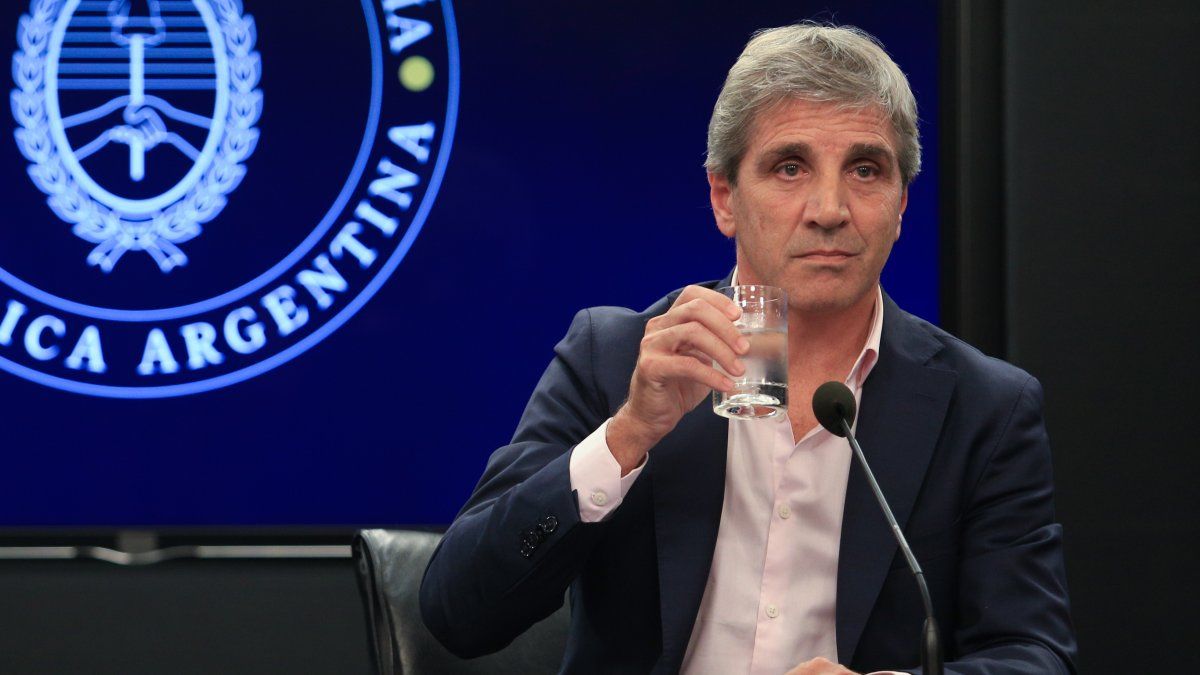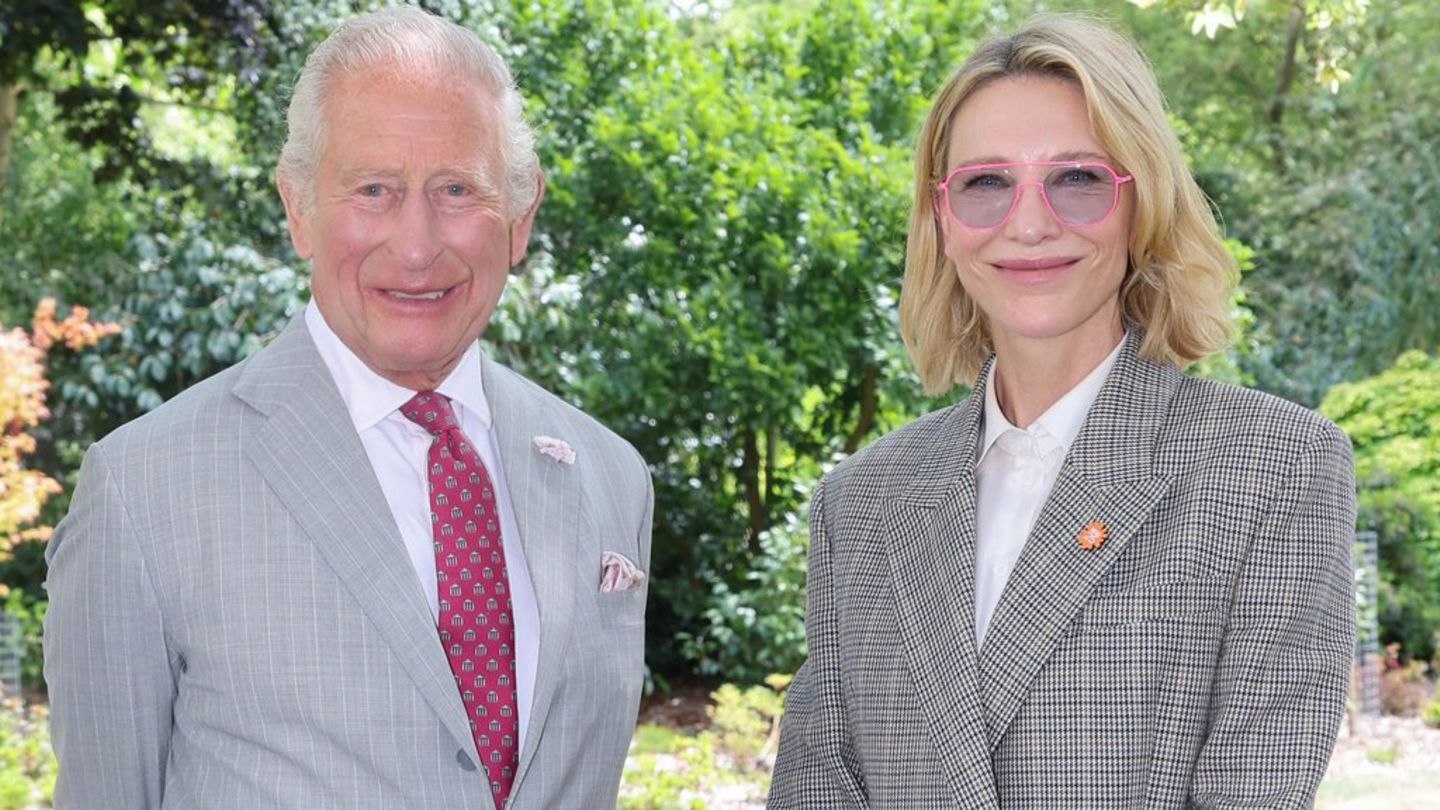The Minister of Economy, Luis Caputoindicated this week that the crawling peg of the official exchange rate, which remains at 2% monthly after the December devaluation, and thus cleared up doubts about the need for a devaluation jump in the coming months. Although there is general optimism in the market, it is divided about whether or not to believe their words and this is reflected in the bets they make regarding the evolution of the price for the coming months.
As the Government continues with determination the progressive depreciation of the peso, market analysts evaluate the sustainability of this strategyin the face of high inflation that, according to Caputo, will start to go down. This is key to avoiding a future devaluation, since, according to Labor Capital & Growth (LCG), the real exchange rate is still at a 40% above last December’s value and a continuity in the inflationary escalation could affect exchange competitiveness in a short time.
Future dollar: what the contracts say
When looking at the contracts of future dollar It seems that the expectation of a devaluation is receding. In it Matba-Rofex, a wholesale dollar is negotiated $846 by the end of February, which is 1.4% higher than today. For March, it is projected a value of $881, which represents a devaluation of 4.2%. The most optimistic projections suggest a official dollar wholesaler of $1,750 for the end of December.
In this way, it could be interpreted that the market dynamics supports a certain increase in the rate of devaluation, exceeding the current 2% monthly. However, an abrupt jump is not anticipated in the exchange rate of the same magnitude as that which occurred in December 2023 (which was 118%).
And, when analyzing the projections of the City’s consulting firms and analysts, It could be that the estimates are not as optimistic as those of Rofex and some doubts are brewing about the “sustainability of the Caputo strategy”.
Does the City believe Caputo?
Although the Minister of Economy ruled out an upcoming devaluation, financial analysts consider that the value of the wholesale dollar could experience an increasein line with other economic variables.
Thus, the most pessimistic projections are from LCG, which anticipates a value of $3,635 by the end of the year, attributing this to an inflationary inertia that could last until March. Other negative projections come from consulting firms such as:
- Balance ($3,000)
- Econviews ($2,803)
- Analytica Consulting ($2,388)
- Fitch and Ratings ($2,375)
- Orlando J. Ferreres & Associates ($2,255)
- VDC Consulting ($2,235)
- S&P Global Ratings ($2,100).
The data comes from a survey of 40 analysts carried out by FocusEconomics.
Sebastian Menescaldifrom Eco Go, explains in dialogue with Ambit that the real exchange rate has been fluctuating recently and is now below equilibrium value predicted by the International Monetary Fund (IMF), which would indicate an appreciation. However, determining whether this value is appropriate or not”largely depends on the success of the stabilization plan and future events“, says.
The variables that will determine the future of the dollar
For the analyst, if the stabilization plan does not work, the Government “will have to devalue”. However, Menescaldi is cautious about this and maintains that there are three points to monitor from an economic point of view:
- If inflation continues to fall, which “in principle it is good”.
- If the BCRA continues buying dollars.
- If the fiscal result continues to be a surplus.
Andrés Reschini, from F2 Soluciones Financieras, maintains, meanwhile, that the current real exchange rate “It is neither cheap nor expensive”. However, he clarifies that does not reflect a balance“since the existence of the stocks” indicates the opposite.
The analyst explains that, in a free market scenario, the real exchange rate would be higheraccompanied by a higher nominal exchange rate, so “The sustainability of this situation is questionable, especially if inflation continues to rise”.
Dollar.jpg
Dollar quote today.
Although at the moment there is a good liquidation of exports in the market, ““This cannot be maintained indefinitely, since crawling at 2% with higher inflation is not sustainable in the long term.”. The current appreciation of the exchange rate makes this situation unsustainable, and its duration will depend on when the market stops liquidating and demands an adjustmentputting pressure on reserves, concludes Reschini.
For its part, Claudio Caprarulofrom Analytica Consultora, believes in dialogue with this medium that “the appreciation of the current exchange rate is not sustainable”. And he considers that it is expected that between April and May there will surely be a change in monetary policy in order to “encourage agricultural exports.” Thus, he adds that today the financial market “see an acceleration in crawl rate, but not a discrete jump”, which translates into an optimistic scenario.
Finally, Joel Lupieri, of EPyCa Consultora, adds that given the prevailing inflation, which runs around 15% or 20% monthly, “against an exchange rate that moves at 2% “It is necessary to talk about an official change that is delayed day by day.”
However, Lupieri warns that taking into account lack of liquidity in the system, “it is expected that the official value of the dollar will have less pressure to jump and update”, very much in line with what Caputo expects. For Lupieri, in line with Reschini, “the monetary scheme is so restrictive that the official exchange rate could continue with the 2% crawl for a few more months”.
This being the case and for the moment, it seems that the consensus of the analysts, although with certain doubts and reproaches, validates an increase in the devaluation rate beyond 2% monthly, but a devaluation of the magnitude that was applied last December is not expected. The market, in general, seems to give a vote of confidence, even if only for a time, in the “Messi of finance”.
Source: Ambito
I am a 24-year-old writer and journalist who has been working in the news industry for the past two years. I write primarily about market news, so if you’re looking for insights into what’s going on in the stock market or economic indicators, you’ve come to the right place. I also dabble in writing articles on lifestyle trends and pop culture news.




